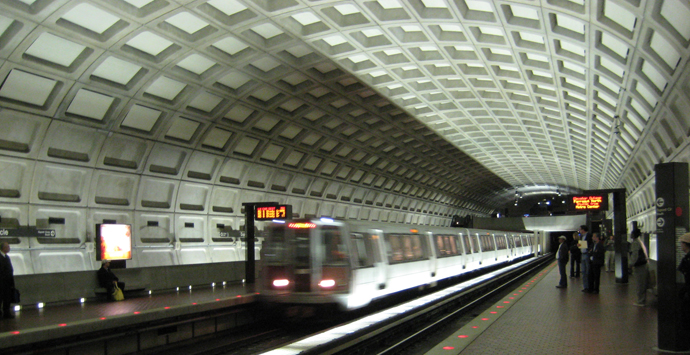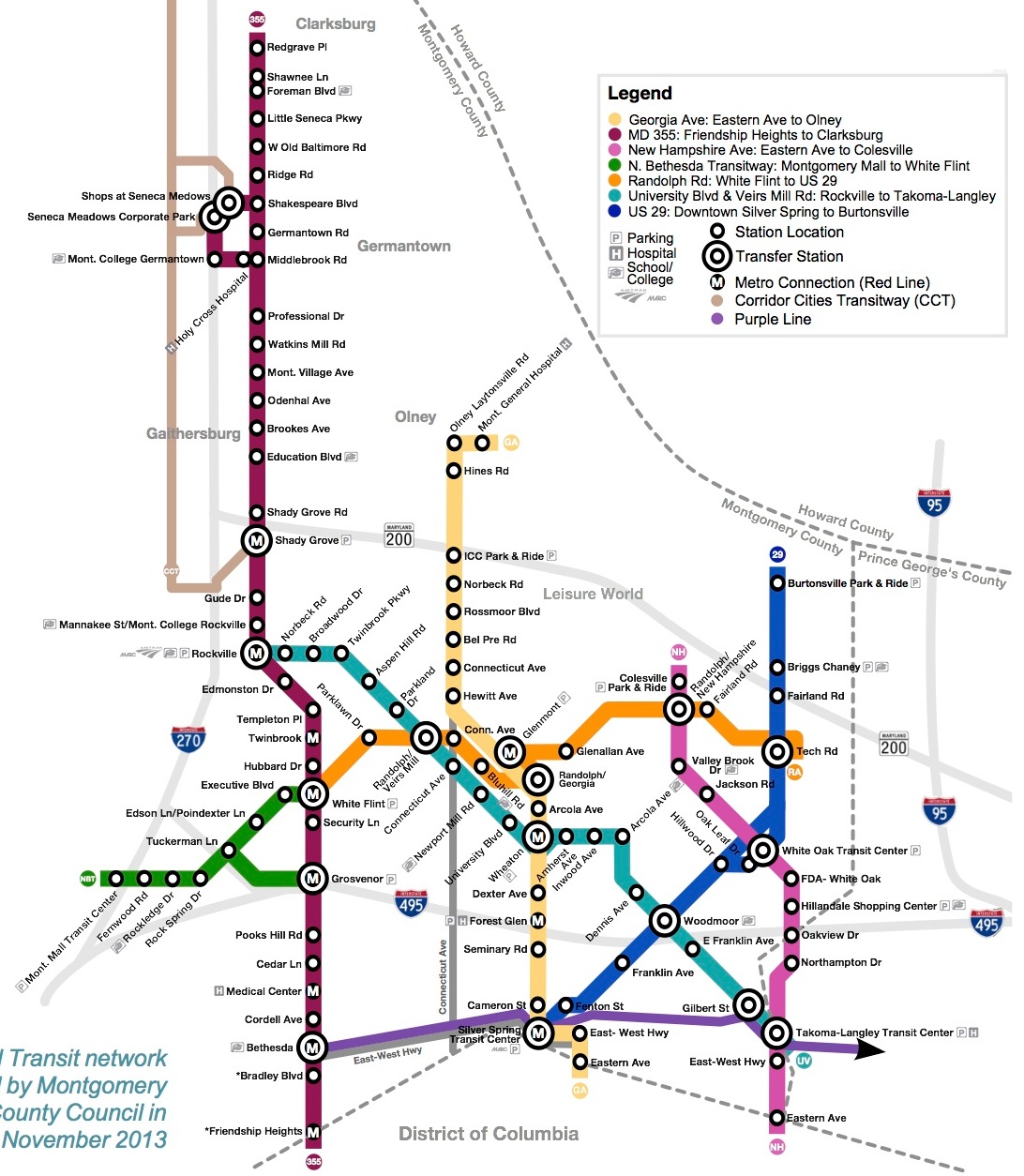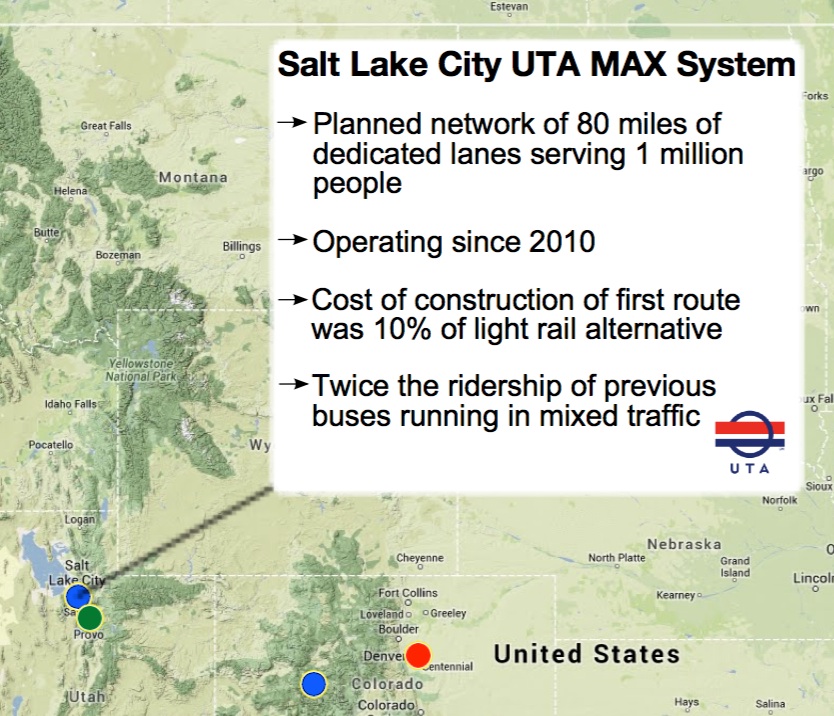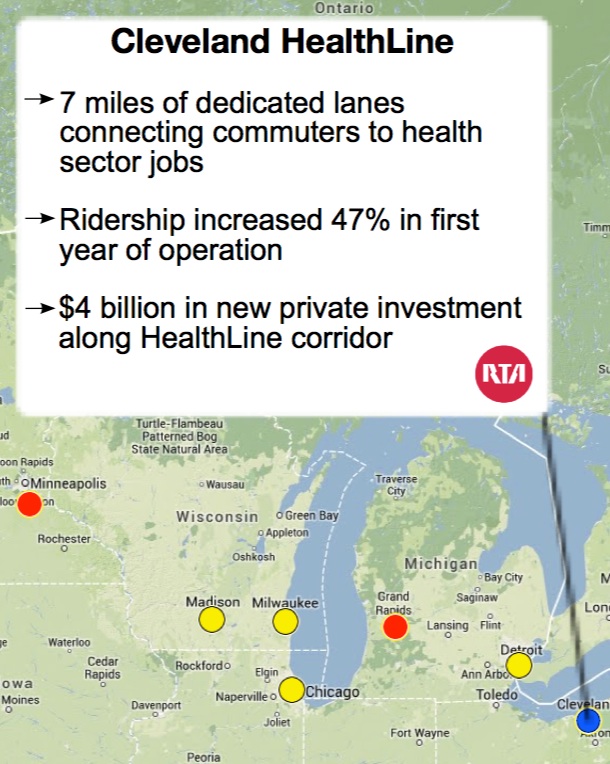Making This Work Should Be Our #1 Priority
In a series of posts, I’ve outlined how the major light-rail and streetcar projects are in deep trouble and why. Today’s final post completes the more recent portion of the series on what we should do to spend smart to produce workable, effective transit.
Fix Metro
Members of the Maryland General Assembly have rightly come to the conclusion that they have had enough of the failing WMATA status quo and want to grapple in a serious way with the issue. Fixing the Metro system should be our #1 transit priority because it remains the lungs of the region’s public transit network. We need a serious assessment of how to turn the corner on this one because the problems have only been getting worse. MTA also has major problems that need attention and merits more oversight.
Reorganize Existing Bus Lines
I love solutions that don’t cost any money. This isn’t a case of getting something for nothing (that just doesn’t happen) but getting a lot more out of our existing budget. Houston just showed the way by reorganizing its bus routes in a smart way:
The old system, like many bus routes in the United States, expended a lot of resources on very low-ridership routes for the sake of saying there’s “a bus that goes there.” The new plan says that the focus should be to provide reasonably frequent service on routes where reasonably frequent service will attract riders. That does mean that some people are further than ever from a transit stop. But it means that many more Houstonians will find themselves near a useful transit stop.
Just check out the before and after maps. I’ve often heard advocates of light-rail claim that we need it because there is no bus route that does not connect place A to place B. But this is, after all, an easily solvable problem without building light rail. In Houston, the difference is amazing and it didn’t cost the city any more money. Now that’s smart growth.
Bus-Rapid Transit
Bus-rapid transit (BRT) has real cost-benefit advantages over other more expensive modes. You can build an equivalent mode of transit at a far cheaper price. Montgomery County has already moved forward tentatively in this area. I hope they will continue.
Build Only What We Can Afford to Maintain
The key lesson from Metro is that transit systems take a lot of money to operate and to maintain. Governing recently highlighted an even more disastrous example from the Boston area. Though Boston is a slow-growing area, it embarked on very fast paced transit growth that it could not afford either to build or to maintain. Beyond the system’s collapse this winter:
Today the MBTA owes nearly $9 billion in debt and interest, which translates into more than one-quarter of its operating revenue going to debt service. And since money that should have funded maintenance had to be diverted to the legally mandated expansions, the system faces an estimated $5 billion maintenance backlog.
This doesn’t mean we shouldn’t build anything. It means that we need to spend smart because money is always tight and we need to build future operation and maintenance costs into the plan before we begin construction.
Final Word
The point of this series was not just to discuss how and why we arrived in our current cul-de-sac of overly expensive projects but how we can get out of it through transit that provide more in the way of transit and economic benefits at a much lower cost and will be more sustainable over the long term.




